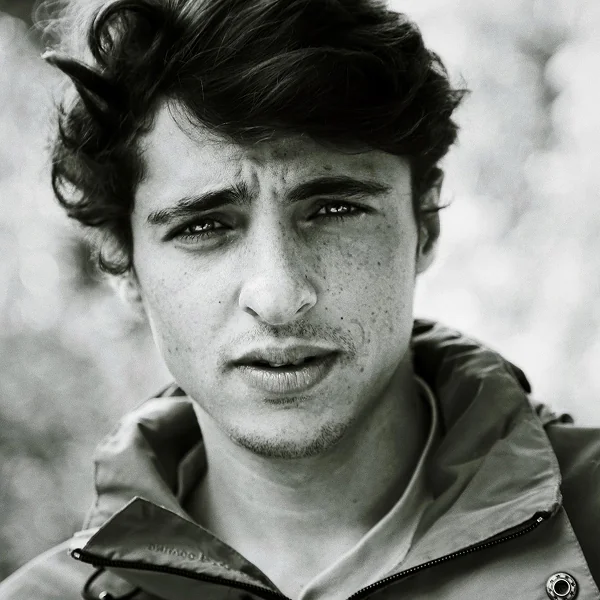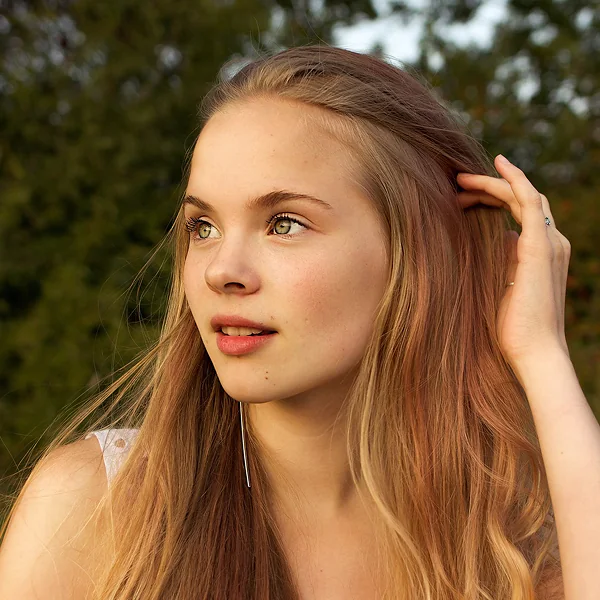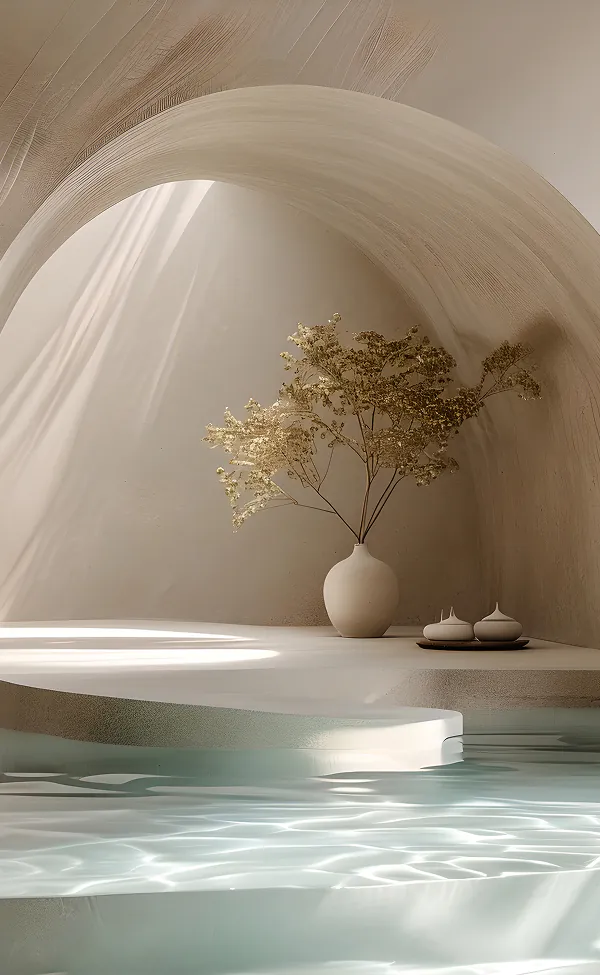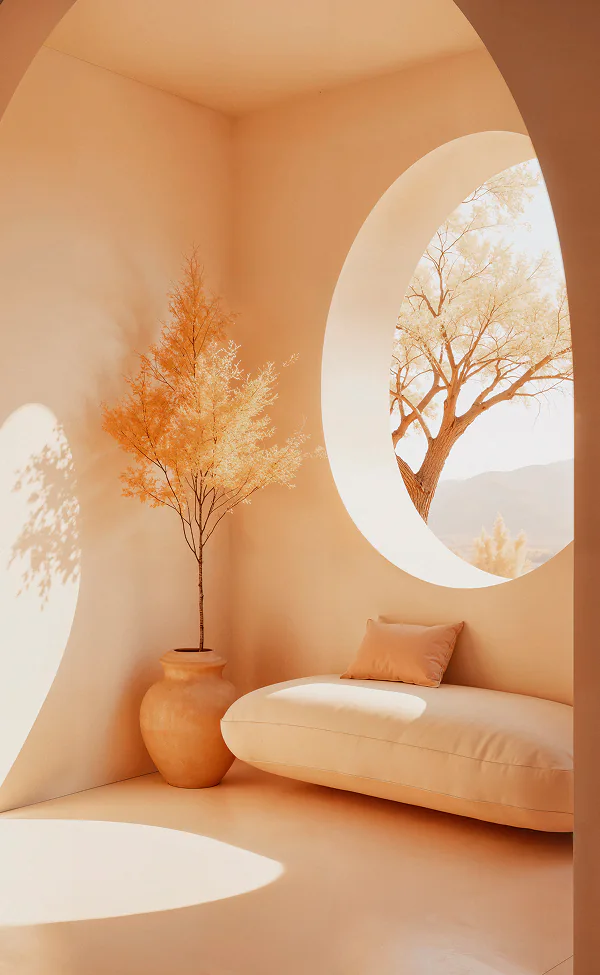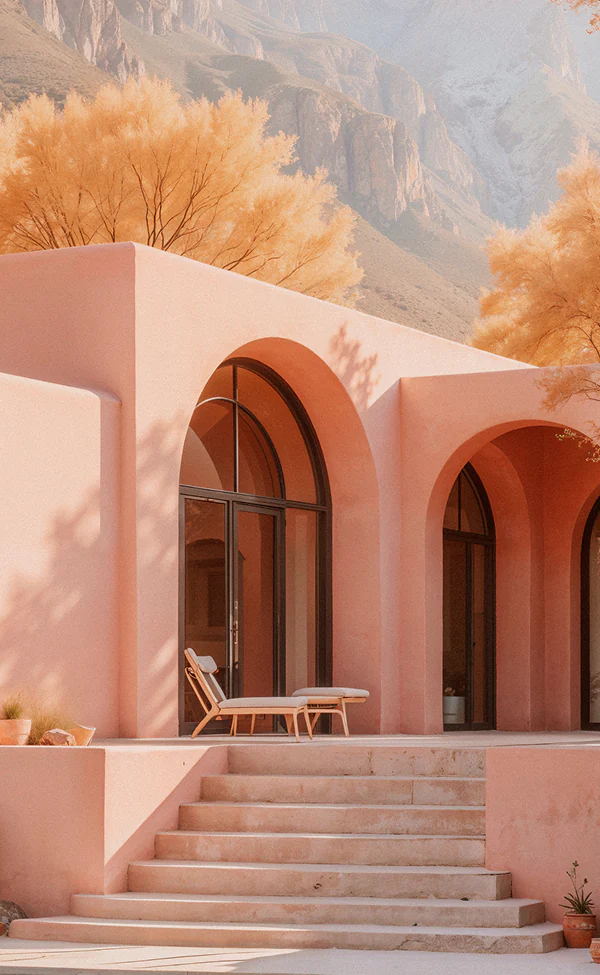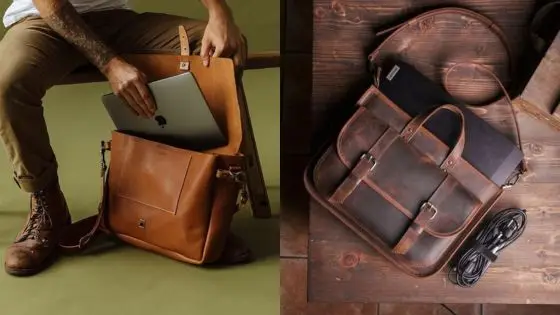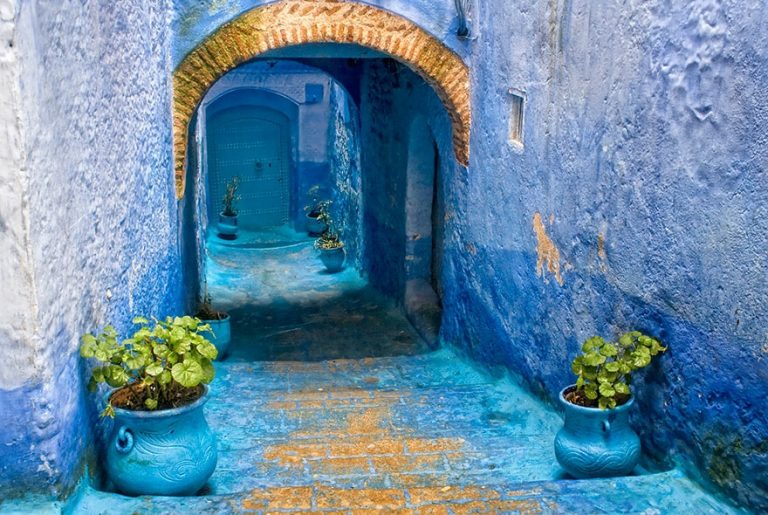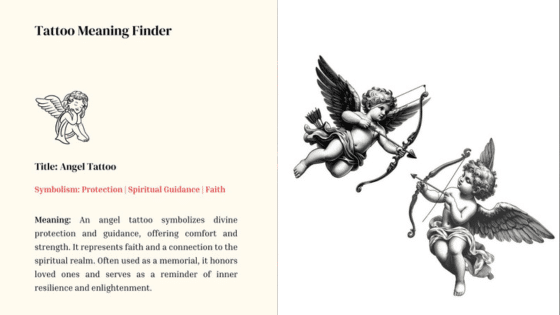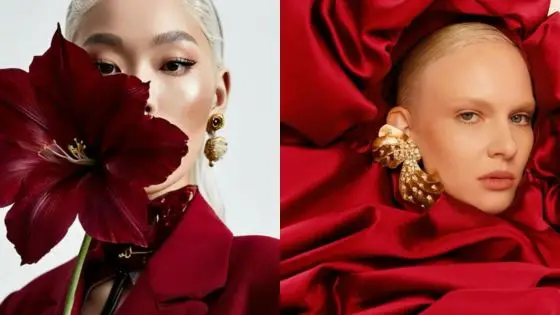Photography offers endless opportunities for creativity and expression. Exploring new techniques and ideas can invigorate a photographer’s passion and lead to stunning results. Whether one is a seasoned professional or a beginner, finding inspiration can enhance their skills and ignite their imagination.
From experimenting with everyday objects to utilizing unique lighting techniques, there are countless ways to capture compelling images. Embracing creativity in photography not only helps improve technical skills but also provides a refreshing break from routine practices.
1) Create a colorful bokeh effect with Christmas lights


Creating a colorful bokeh effect with Christmas lights can elevate holiday photography. The process involves using a camera with a wide aperture to blur the lights, turning them into beautiful, soft circles.
To start, position your subject in front of the lights. Ensure they are at a distance from the light source to enhance the blur effect. This placement creates an enchanting backdrop.
Using a lens with a large aperture, such as f/1.8 or f/2.8, will enhance the bokeh quality. The wider the aperture, the more pronounced the blur will be.
A single strand of Christmas lights can work wonders. By varying the distance and angle of the lights, interesting effects can emerge, making the photographs more dynamic.
Experiment with shooting at dusk or night to capture the vibrant colors of the lights. The contrast against a darker background can bring out the bokeh even more, resulting in striking images.
2) Use a mirror for symmetrical reflection shots

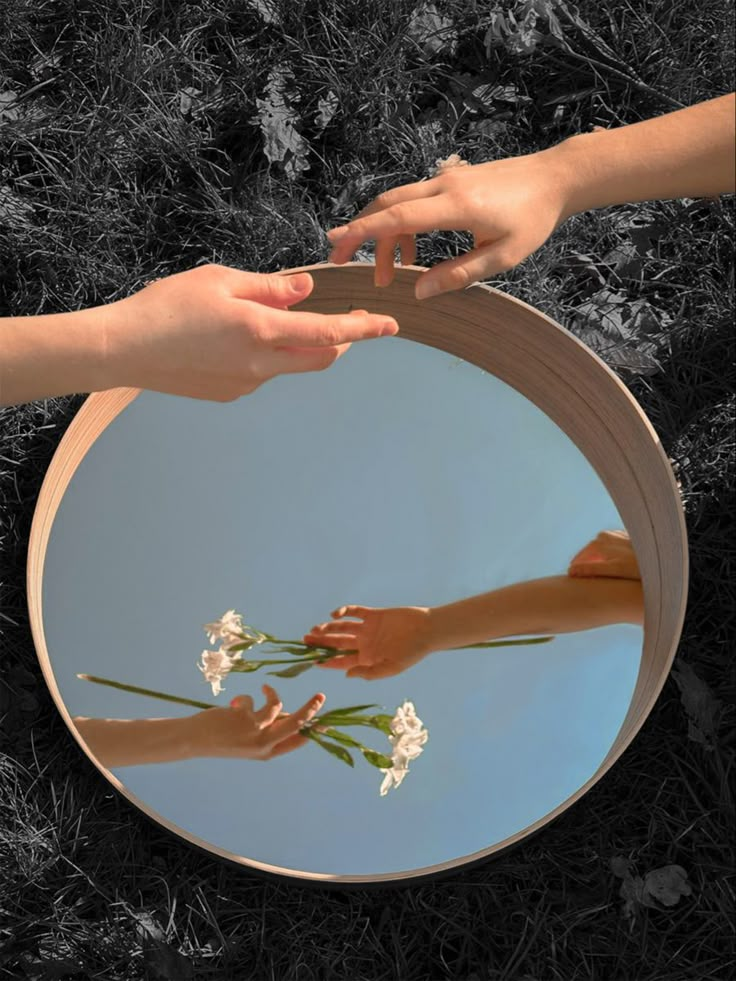
Using a mirror in photography can create striking symmetrical images. Mirrors reflect not just the subject but also the surroundings, making for a balanced composition.
An ornate or vintage mirror can add character and charm to the photo. It serves as a stylish focal point, drawing the viewer’s attention.
Positioning the mirror effectively is key. She can capture reflections that align with the natural surroundings, enhancing symmetry.
Playing with angles can yield unique results. Tilt the mirror slightly to incorporate different elements into the reflection while keeping the subject crisp.
Mirrors can be particularly effective in portrait photography. They can frame the subject beautifully, highlighting features in an artistic way.
Experimenting with multiple mirrors offers additional depth. This technique can create a mesmerizing effect, allowing for creative exploration.
3) Capture motion blur with long exposure settings
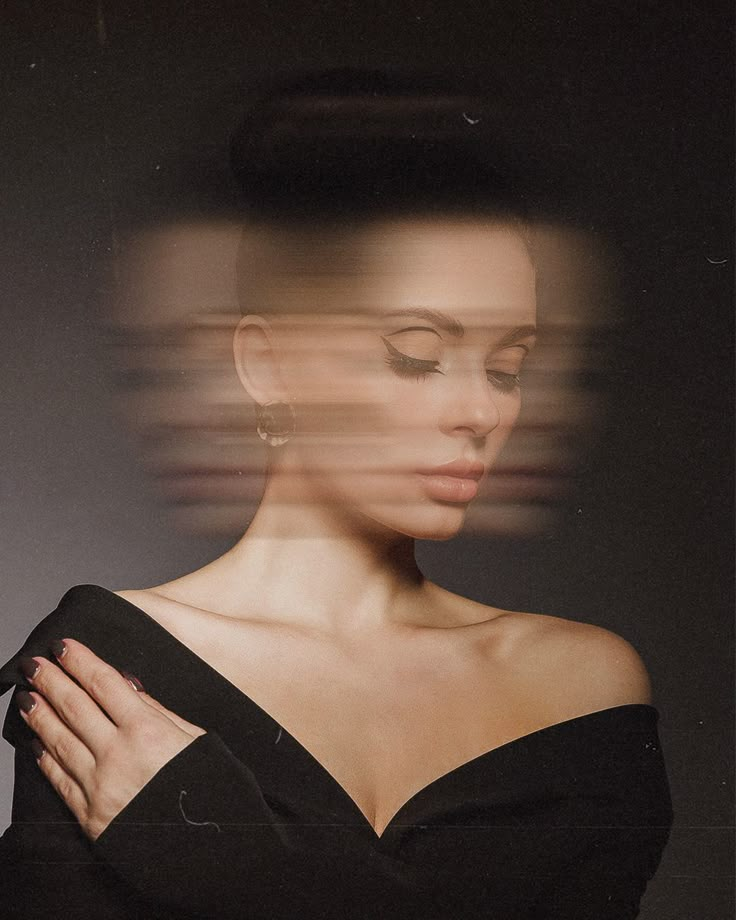

Capturing motion blur using long exposure settings can add a unique touch to photography. By using a slow shutter speed, a photographer can create a sense of movement in their images.
To achieve this effect, it’s essential to determine the right shutter speed based on the speed of the moving subject. A longer duration will blur fast-moving elements, while slower movements may require less time.
Lighting plays a crucial role in long exposure photography. Adequate light ensures that images are well-exposed and rich in detail. Natural light conditions are often ideal for this technique, especially during golden hour.
There are several techniques to explore, such as panning, where the camera follows the subject’s movement. This creates a sharp subject against a blurred background. Experimenting with different methods can yield interesting results.
With practice, anyone can master capturing motion blur and elevate their photography portfolio.
4) Experiment with forced perspective to create illusions
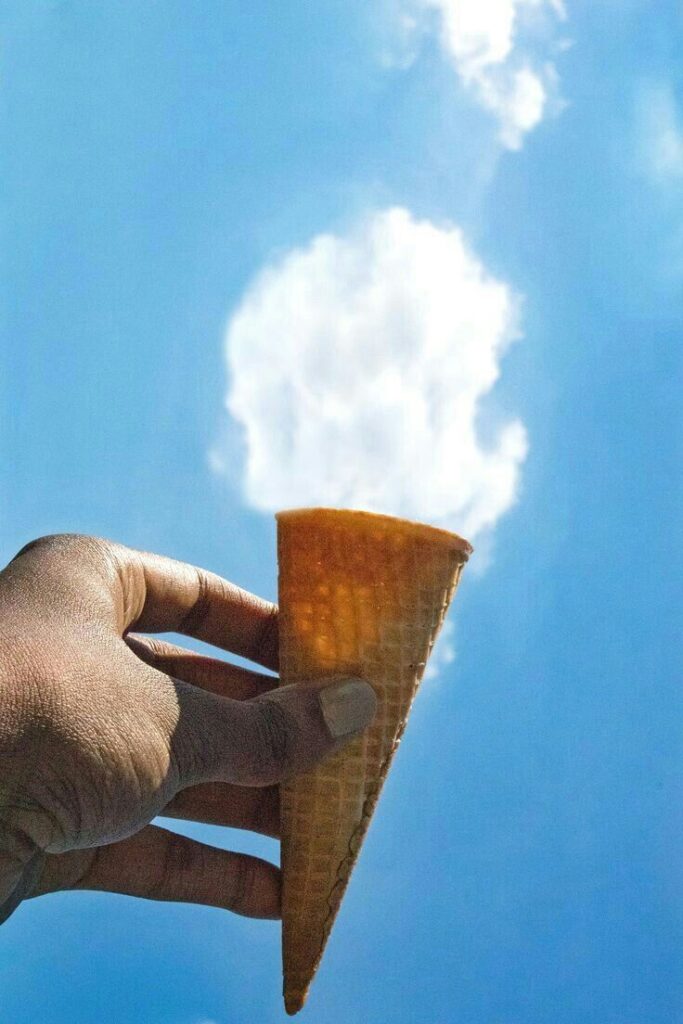

Forced perspective is a fun technique that creates optical illusions in photography. By adjusting the position of subjects and the camera angle, one can make objects appear larger or smaller than they really are.
Using everyday household items can spark creativity. For instance, placing a toy figurine close to the lens can make it look like it’s towering over a person in the background.
Different camera lenses can also change the perception of distance. A wide-angle lens might enhance the illusion, making it easier to manipulate perspectives.
Food is another great prop for this technique. A well-placed piece of fruit can appear to be enormous next to a miniature person, creating a whimsical scene.
Experimenting with angles and distances is key. Each adjustment can lead to surprising and engaging results that delight viewers. Forced perspective photography encourages imagination and inventive setups that can transform ordinary moments into captivating images.
5) Shoot through a prism to add rainbow effects
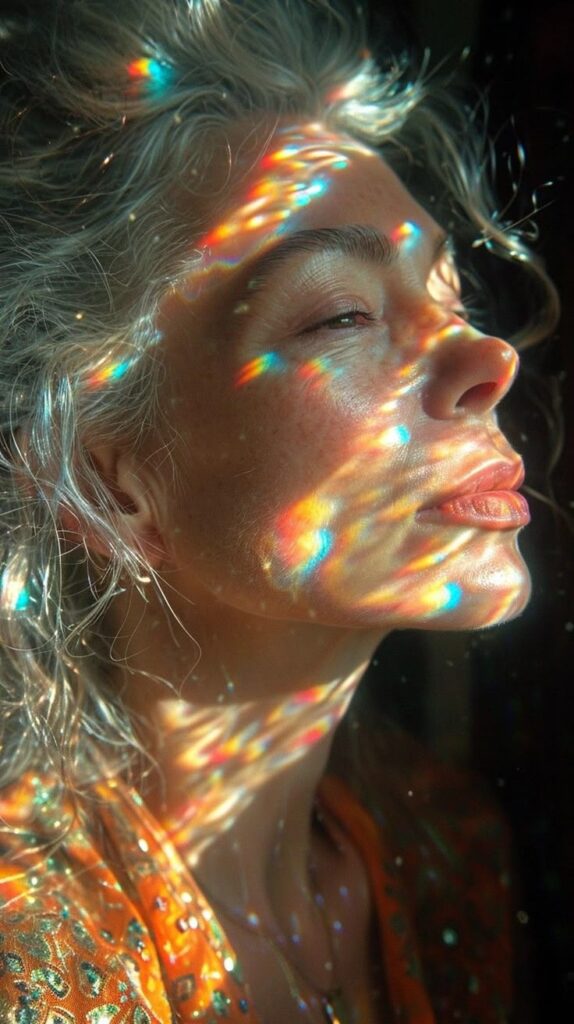
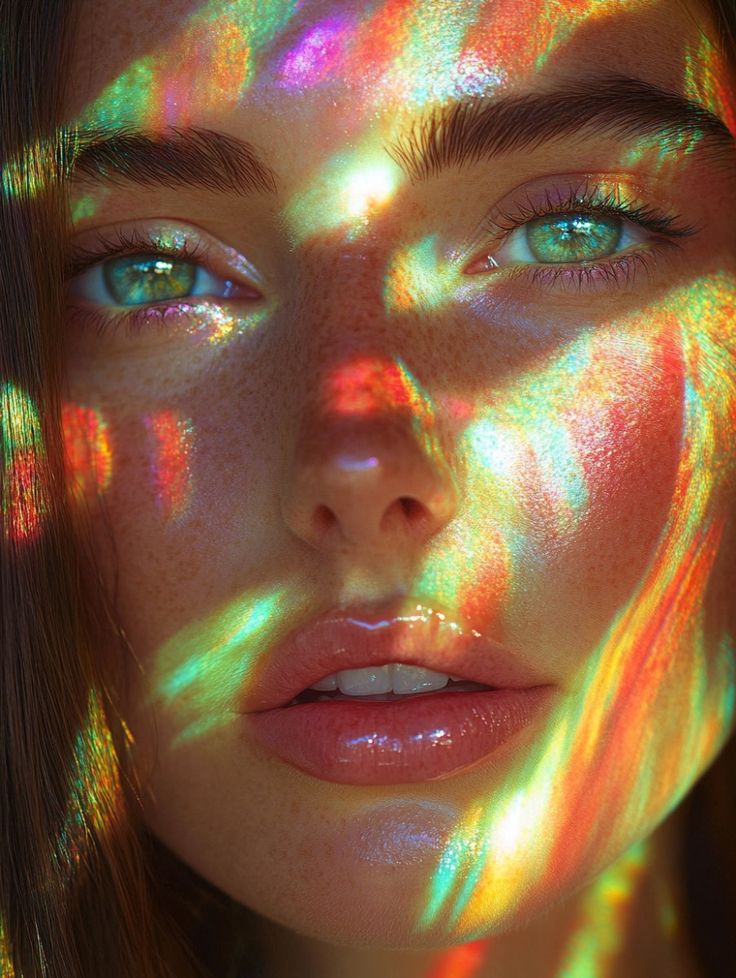
Using a prism in photography can create stunning rainbow effects. When light passes through a prism, it bends and splits into shades of color. This technique can add a creative flair to portraits and landscapes.
To achieve this effect, position the prism in front of the camera lens. Adjust the angle until the light hits it just right. This placement allows for colorful light flares and reflections.
It’s essential to experiment with different lighting conditions. Natural light often creates the best results. Adjusting the camera settings may also help in capturing the vivid colors.
This method is not limited to outdoor scenes. It can also be used in indoor settings with strategic light sources. The added colors can enhance mood and atmosphere in a photograph.
Photographers often find this technique simple yet effective. It opens up new creative possibilities. The result is a mesmerizing effect that can transform an ordinary shot into something special.
6) Utilize shadows creatively for dramatic effects


Shadows can add depth and dimension to photographs. By playing with light source placement, one can create interesting patterns that enhance the overall composition.
Making the shadow the main subject can produce striking imagery. It draws attention and can convey emotion or a story without needing extra elements.
Utilizing harsh sunlight can yield strong contrast, perfect for creating dramatic effects. High sun angles generate pronounced shadows, adding a sense of mystery to portraits or landscape shots.
Experimenting with silhouettes is another technique. Positioning the subject against a light source allows the shadow to form striking outlines, capturing the viewer’s interest.
Incorporating shadows alongside color can also enhance visual appeal. The interplay of light and dark adds a dynamic quality to images, making them more engaging.
7) Use water droplets on glass for macro photography
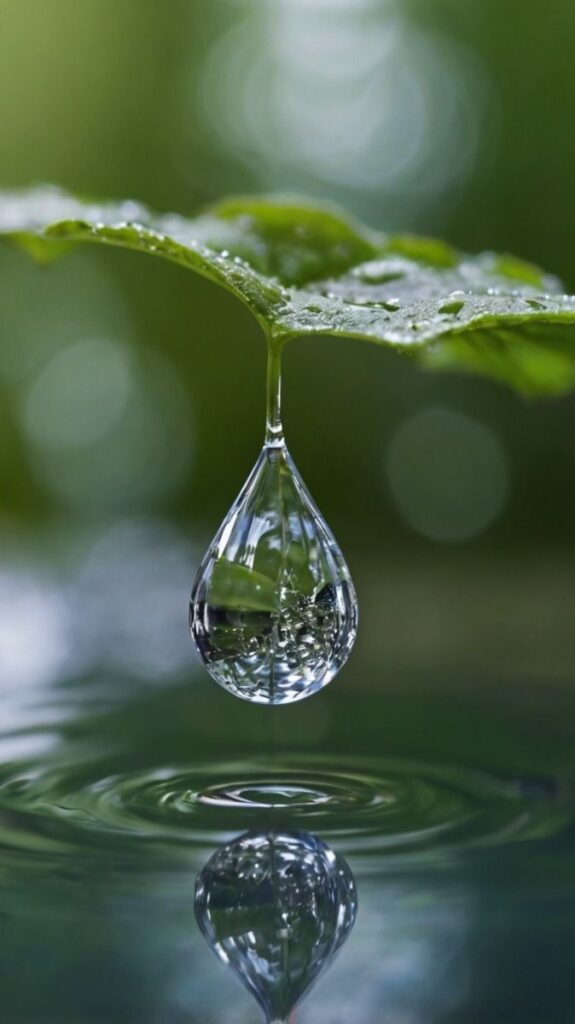

Water droplets on glass can create stunning macro photographs. This technique highlights the beauty of refraction and reflection. Capturing these droplets can add depth and interest to an image.
To start, choose a clear sheet of glass. Backlighting the glass with a light source enhances the visual effect of the droplets. This setup can bring out vibrant colors and patterns.
Using a macro lens will help focus closely on the water droplets. This lens allows for detailed shots, revealing textures that may be missed with standard lenses. Experiment with angles and distances to find the most appealing compositions.
Incorporating everyday objects, like feathers or colorful materials, can add a creative touch to the shots. They help to create an engaging background while the water droplets remain in focus.
Adjusting the lighting and settings on the camera can yield different results. A strobe light can illuminate the droplets for added clarity. Each shot can be unique, making this a fun and creative photography idea.
8) Incorporate smoke or fog for atmospheric shots
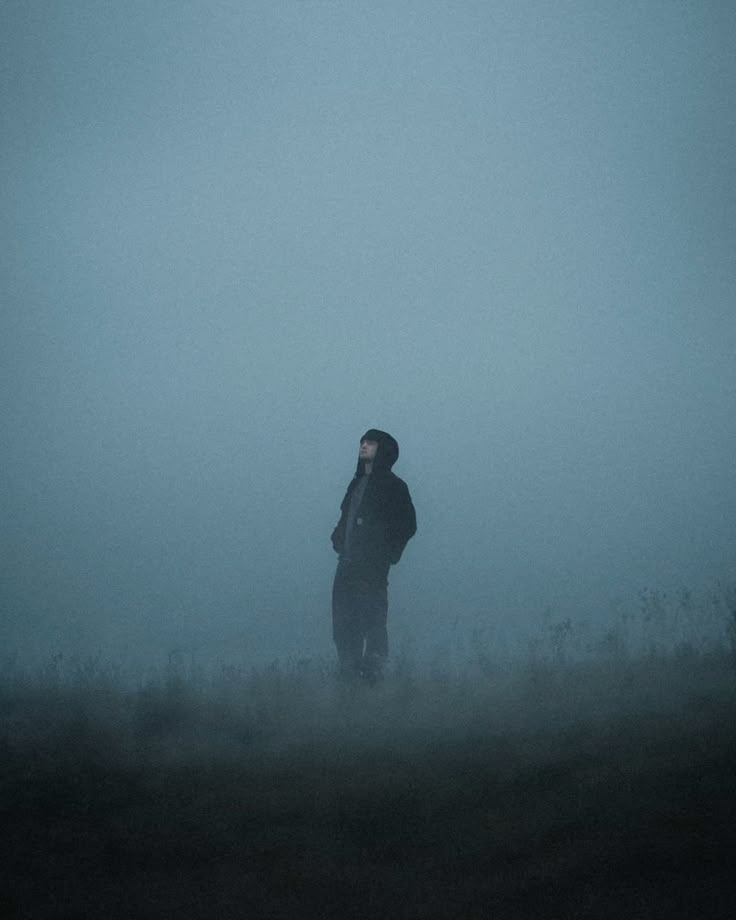
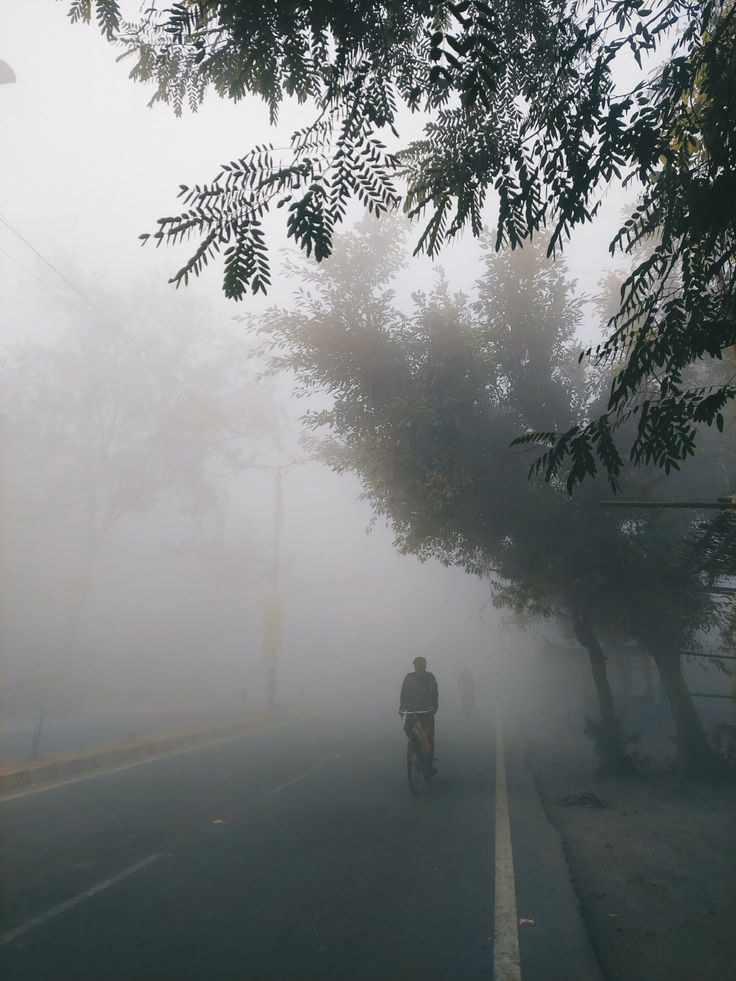
Using smoke or fog can transform ordinary photos into captivating scenes. These elements add a layer of depth and mood, making images feel more immersive.
Smoke can introduce vibrant colors and create a dynamic atmosphere. It can be used creatively in portraits or landscapes to evoke specific emotions. The way light interacts with smoke often creates stunning visuals.
Fog, on the other hand, softens landscapes and adds a dreamy quality. It can give a sense of mystery to photos, enhancing the overall aesthetic.
Photographers can experiment with smoke bombs or handheld smoke machines. This allows for a variety of colors and effects, perfect for both creative and fashion photography.
Natural fog is another excellent choice. Early mornings or damp weather often provide the perfect conditions for capturing ethereal images.
Incorporating these elements helps enhance the storytelling aspect of photography, giving viewers a more engaging visual experience.
9) Try light painting with a flashlight or sparklers

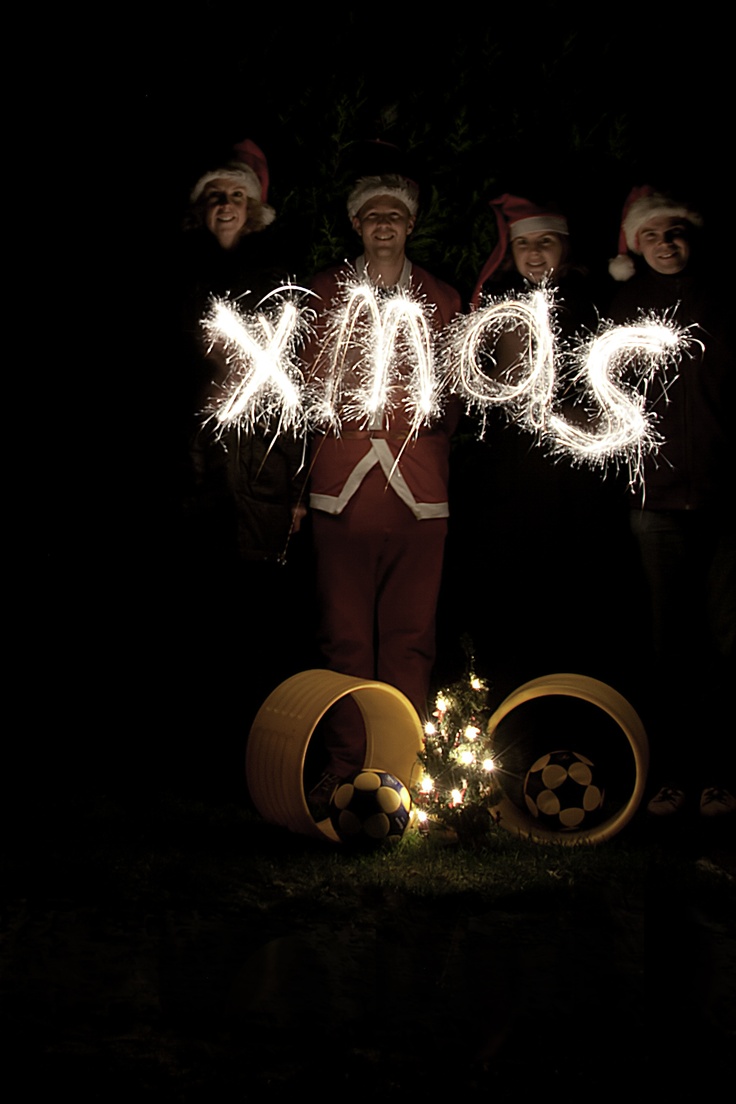
Light painting is an exciting photography technique that adds creativity to images. By using a flashlight or sparklers, anyone can create stunning visual effects.
To begin, choose a dark location. This helps the light trails stand out in the final photographs. It’s best to have a camera with a manual mode, allowing long exposure settings.
Using a flashlight, one can create simple shapes or write messages in the air. It’s a fun way to share creativity. Sparklers produce unique, glowing trails that are perfect for capturing dynamic images.
Experiment with different light sources. Smaller flashlights can create delicate patterns, mimicking the look of fireflies. More powerful sources can offer broad, radiant trails.
Setting the camera on a tripod will help maintain stability. A longer exposure time will capture the light movement clearly. This technique invites exploration and artistic expression in photography.
10) Capture silhouettes against a setting sun
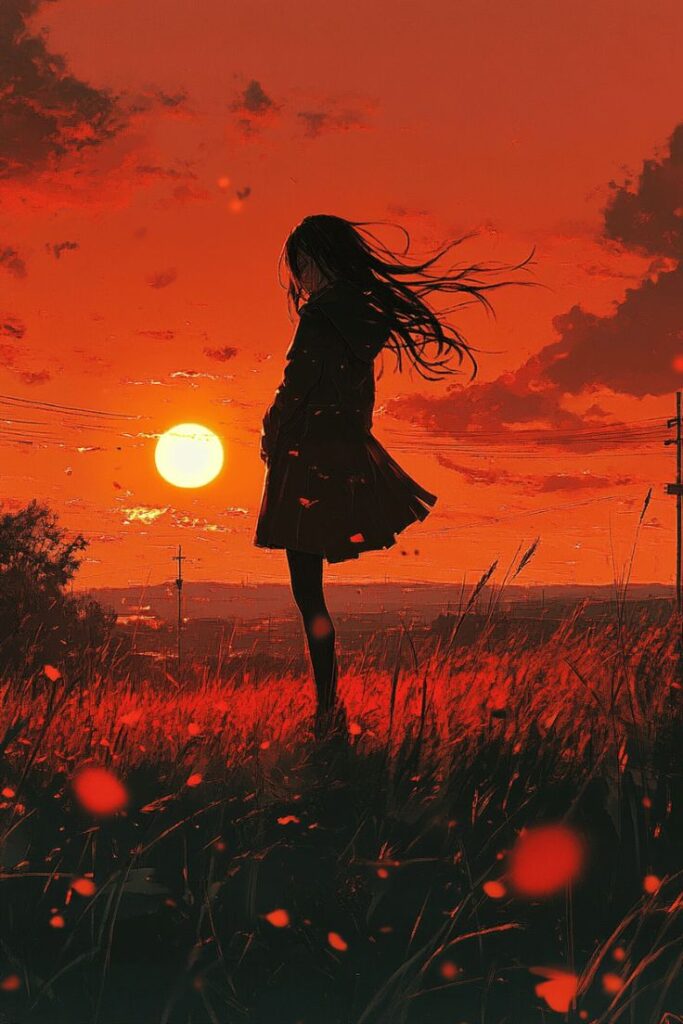

Capturing silhouettes against a setting sun can create stunning and dramatic photographs. This technique works best when the subject is well-defined and positioned between the camera and the light source.
To get started, set the camera to manual mode. Select an aperture setting between f4 and f8 to achieve a sharp focus while blurring the background.
It’s important to position the subject in front of the sunset. This allows the colors of the sky to create a vibrant backdrop while emphasizing the silhouette.
Using a tripod can help maintain stability, especially in low light conditions. Experimenting with different angles can also yield unique results.
Timing is key. The best moments to shoot are during the golden hour, shortly before the sun dips below the horizon. This period enhances colors and creates more dynamic shadows.
Silhouette photography invites creativity. Subjects like people, trees, or buildings can add interesting shapes to the composition. With a little practice, capturing silhouettes against the setting sun can become a favorite technique.
Understanding Creative Photography
Creative photography combines technical skill and imagination, aiming to evoke emotion and convey messages through visual art. It encourages photographers to explore beyond traditional methods and express individual styles.
The Role of Imagination in Photography


Imagination is a cornerstone of creative photography. It allows photographers to envision unique concepts, pushing the boundaries of their craft. Instead of merely capturing what is in front of them, they reinterpret scenes, often incorporating elements like light and shadow in unexpected ways.
For instance, thinking abstractly about everyday objects can transform mundane shots into intriguing compositions. Experimentation with angles or perspectives can also lead to fresh insights. Incorporating diverse subjects and themes helps broaden a photographer’s scope.
The ability to visualize the final image before clicking the shutter often separates a regular photo from a standout piece. Imagination fosters originality, encouraging photographers to develop their distinct voice.
Basic Principles of Creative Composition


Creative composition involves several principles that aid in crafting compelling images. Key elements include framing, balance, and the rule of thirds.
- Framing draws attention to the main subject, guiding the viewer’s eye through the image.
- Balance ensures that no single part of the photo overwhelms the others. Symmetry and asymmetry can create harmony or tension.
- The rule of thirds suggests dividing the frame into a grid of nine equal sections, placing points of interest along these lines or their intersections.
Additionally, utilizing leading lines can draw the viewer’s eye toward the focal point. Experimenting with colors and textures enhances visual appeal. By mastering these fundamentals, photographers can craft more dynamic and engaging compositions.
Techniques to Enhance Creativity
Exploring different techniques can greatly boost creativity in photography. Utilizing unique lighting and shadow methods can transform ordinary subjects into captivating visuals. Here are two effective ways photographers can enhance their creative expression.
Lighting and Exposure Tricks
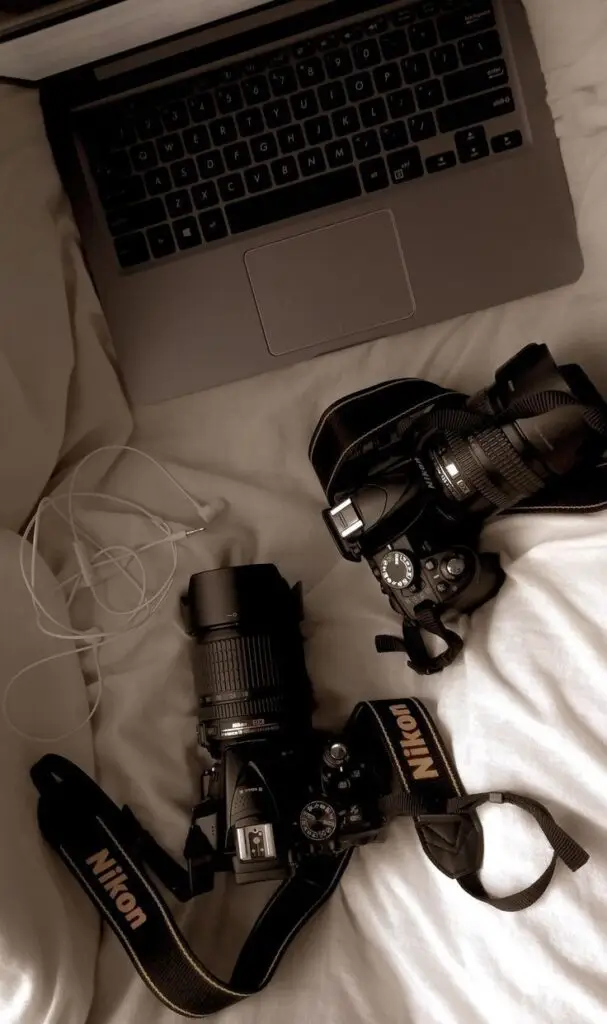
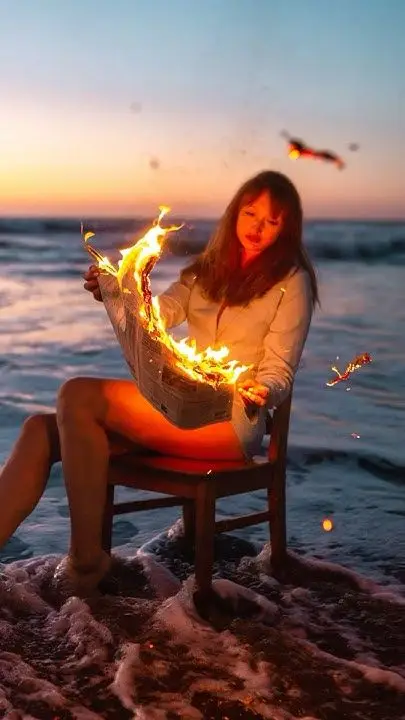
Experimenting with lighting can elevate a photo dramatically. Photographers should consider the “golden hour,” the time just after sunrise or before sunset, for soft, warm tones. Mixing natural light with artificial sources, such as flash or LED lights, provides unique effects.
Using reflectors can help redirect light to highlight specific areas of the subject, enhancing texture and depth. Additionally, adjusting exposure settings allows for intentional overexposure or underexposure. These methods create dramatic contrasts or soft backgrounds that draw attention to the subject.
Innovative Uses of Shadows
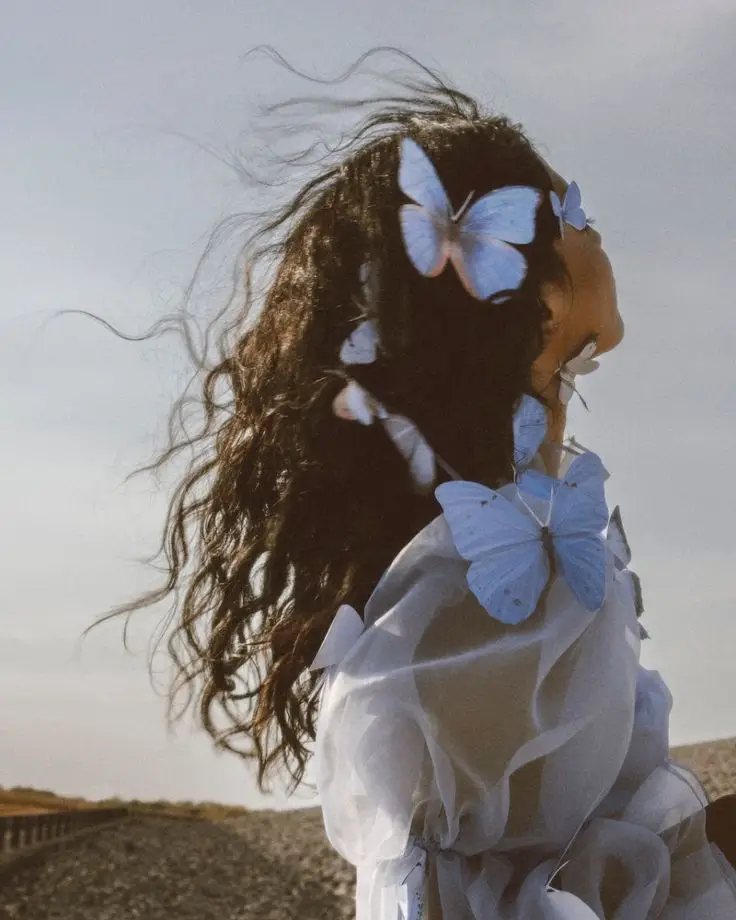
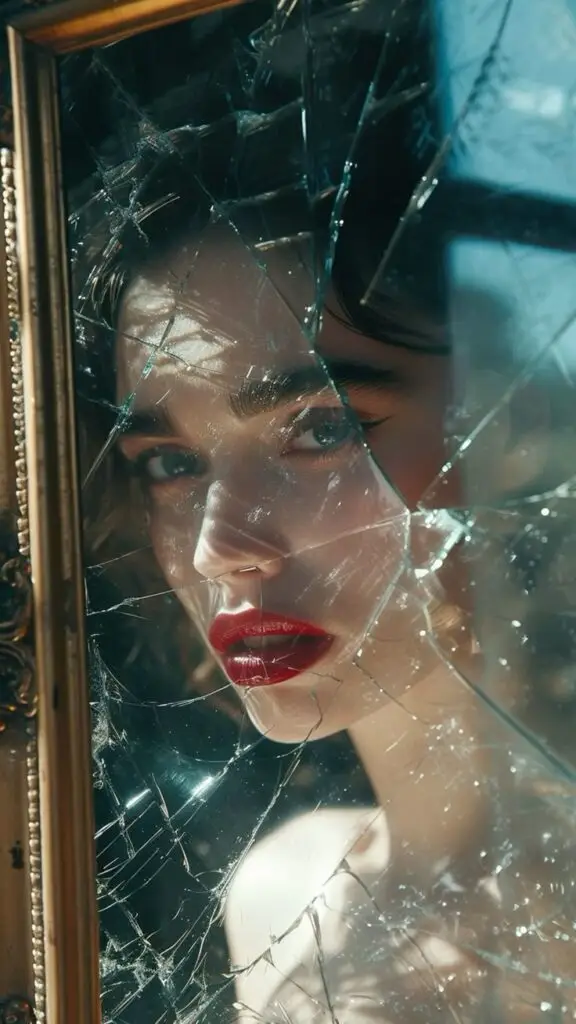
Shadows can add depth and interest to photographs when used creatively. Photographers can play with different angles and sources of light to create patterns or silhouettes. For instance, shooting from a low angle can exaggerate the length and shape of shadows, adding a dynamic element to the composition.
Incorporating shadows as a design element can also emphasize shapes and forms. Using natural or artificial objects to cast shadows can create intriguing visual stories. This technique invites viewers to explore the interplay of light and form, fostering a deeper connection with the image.
- 258shares
- Facebook0
- Pinterest258
- Twitter0
- Reddit0
